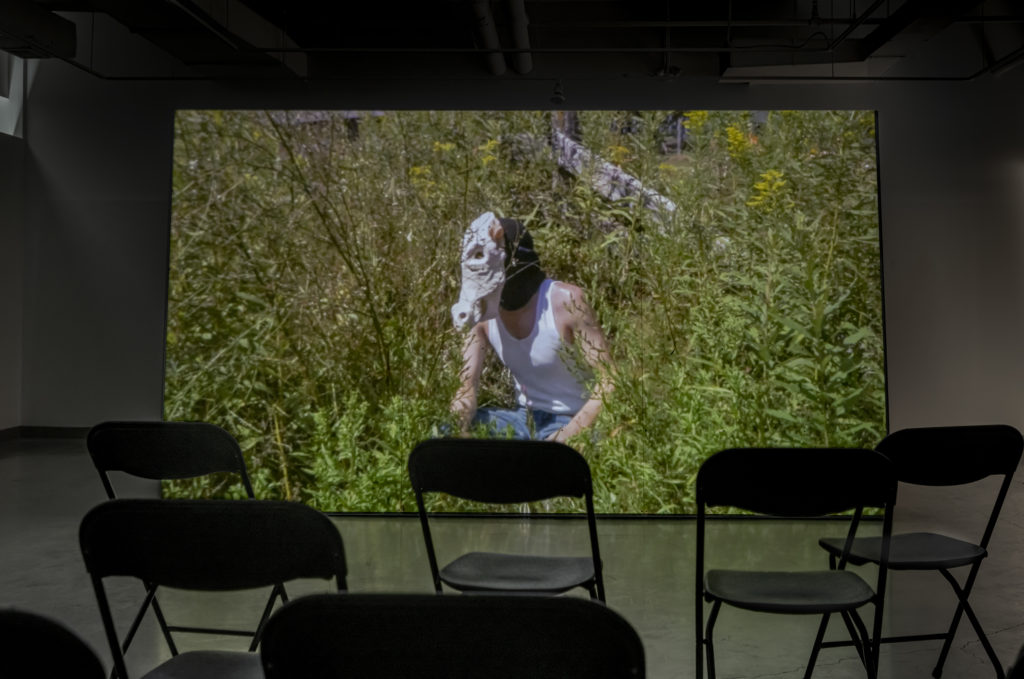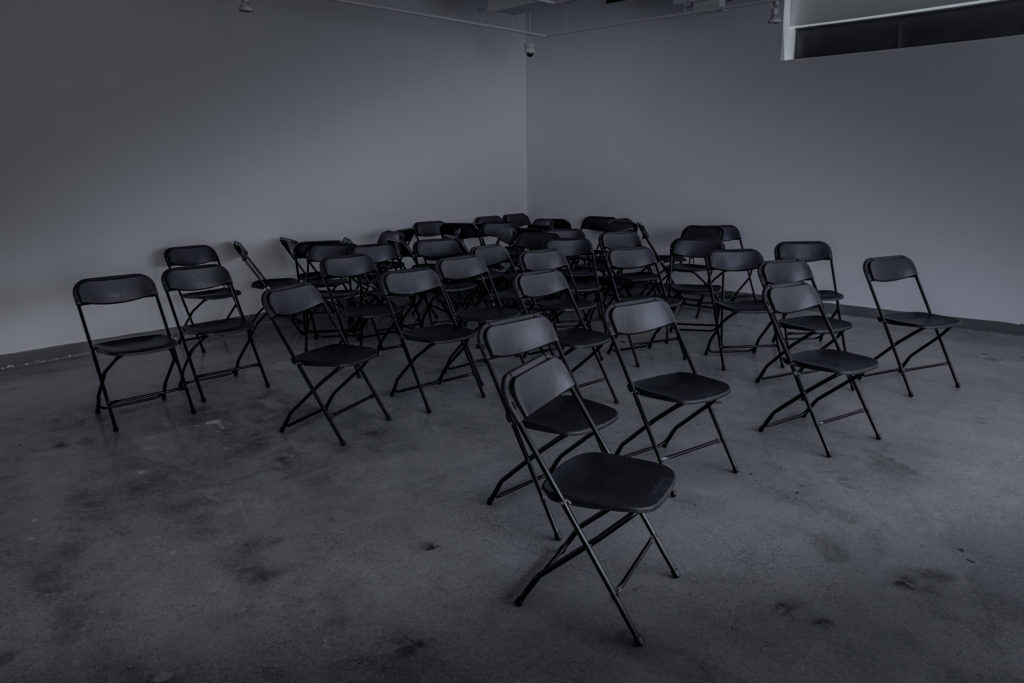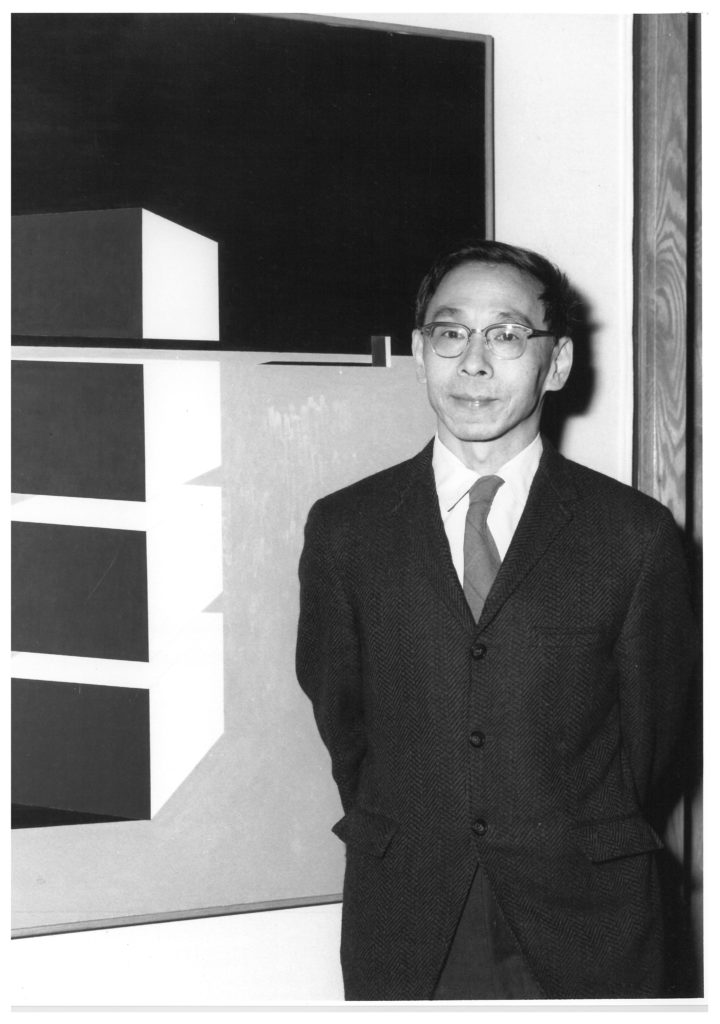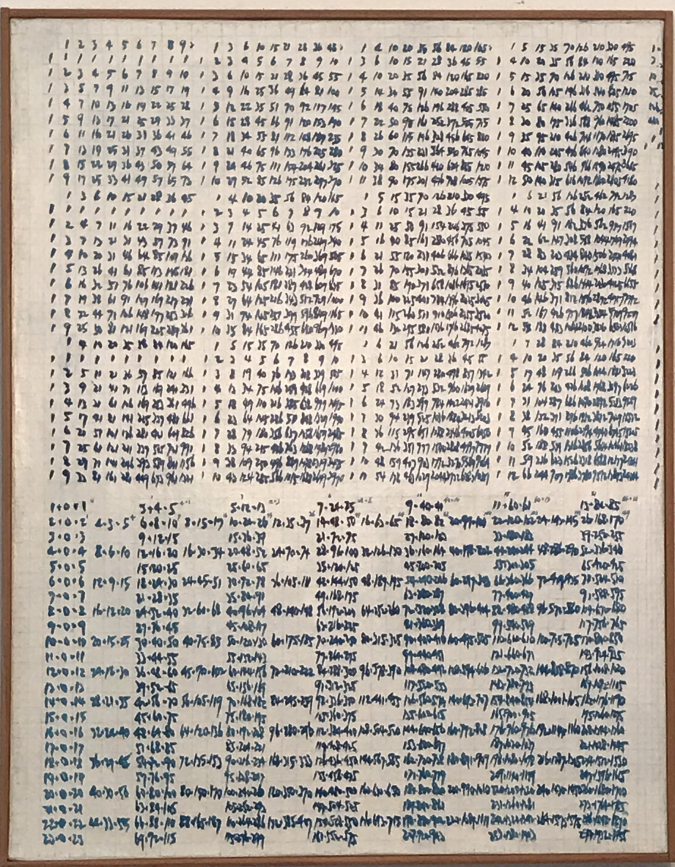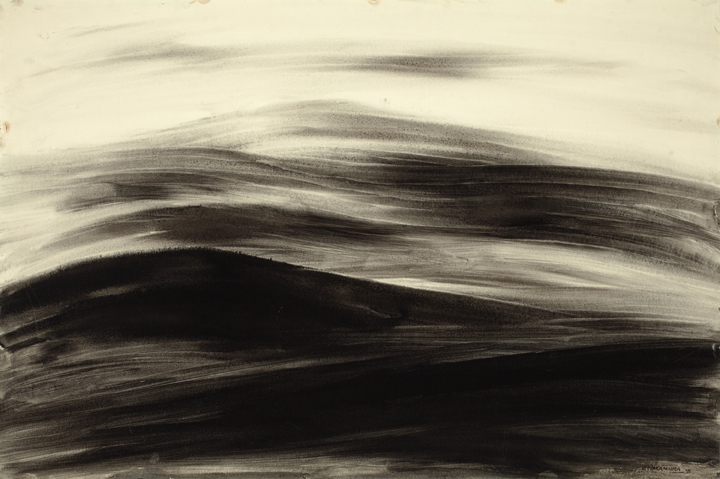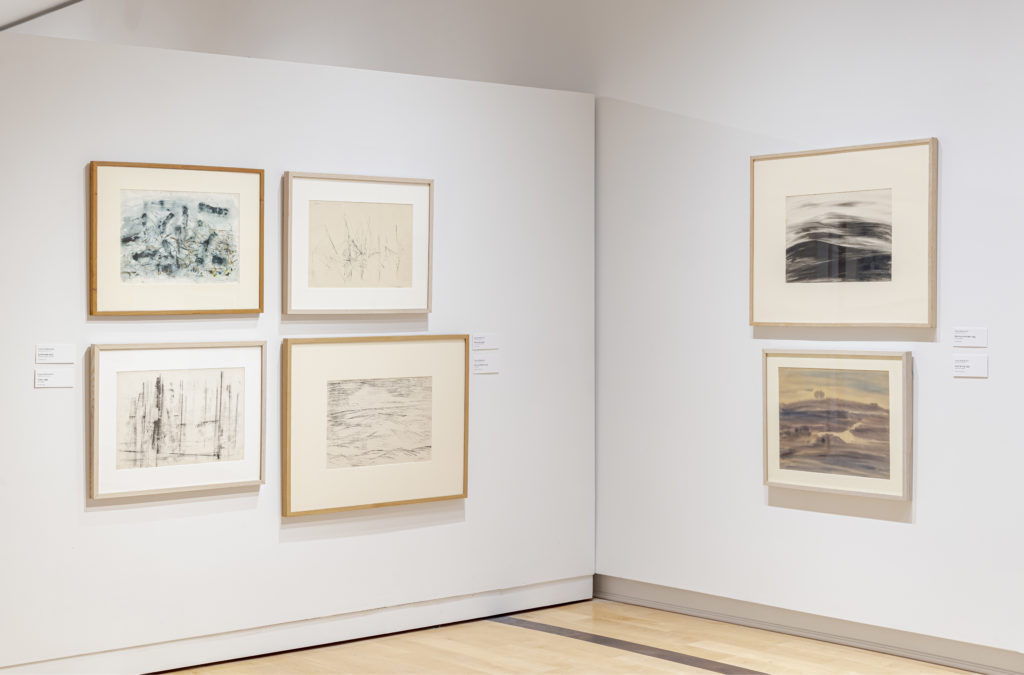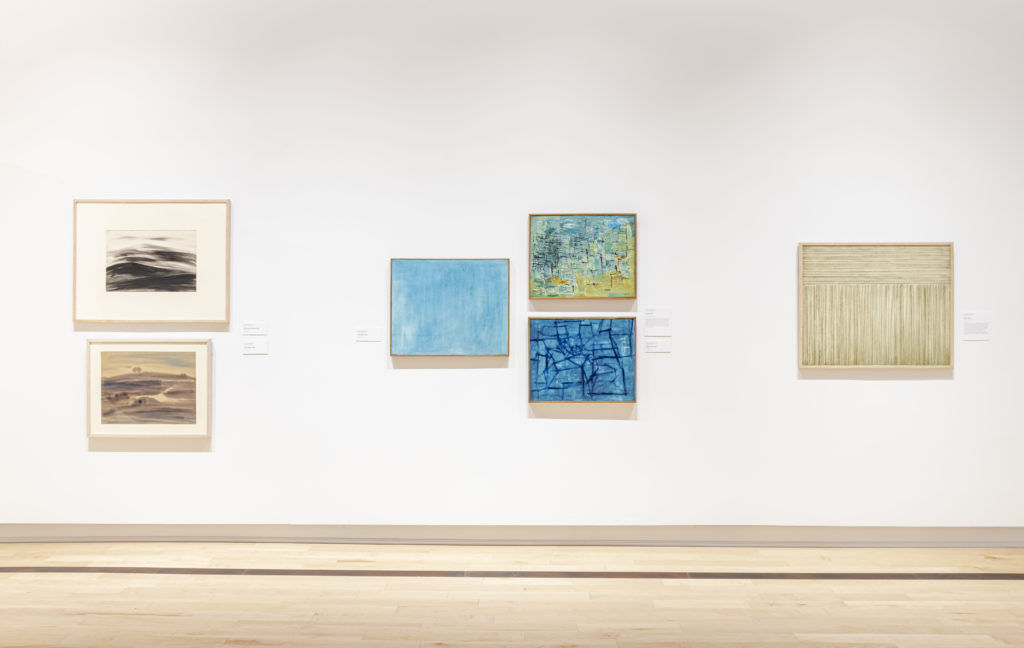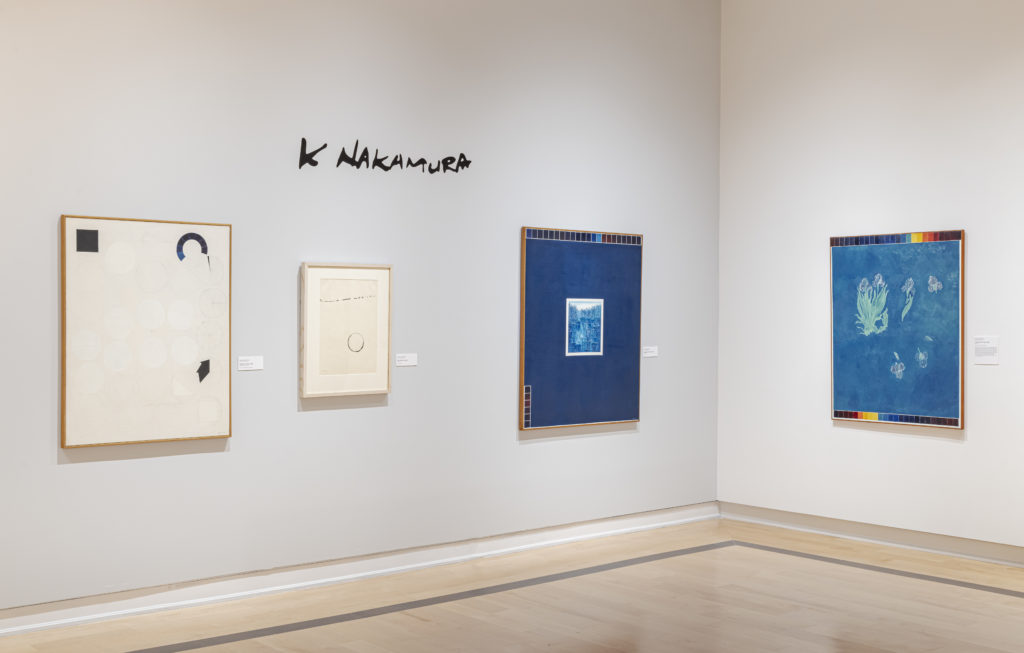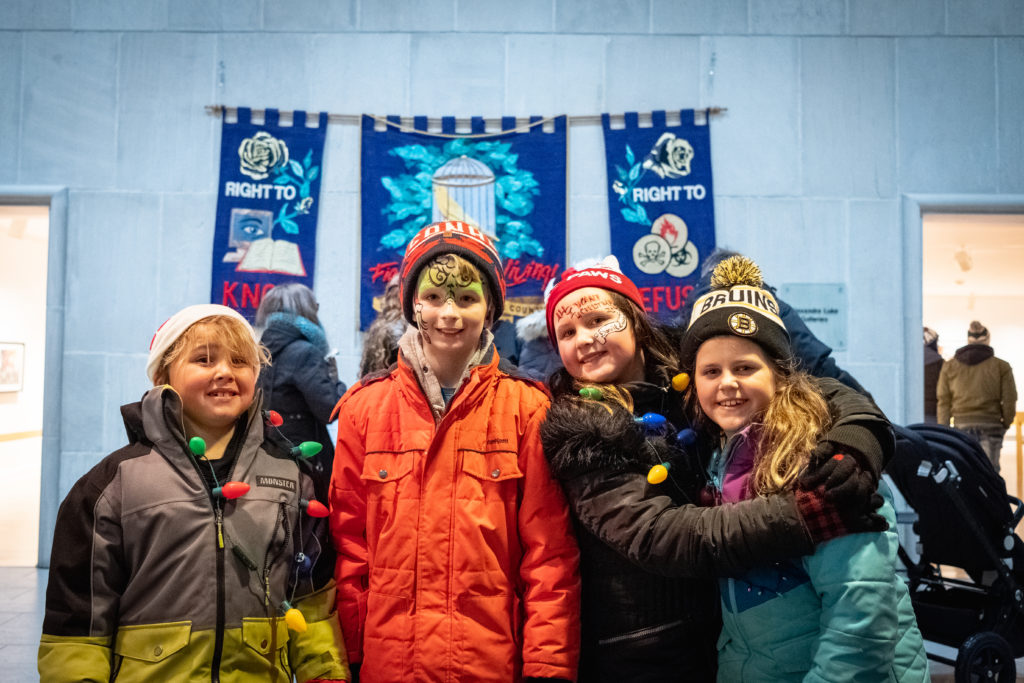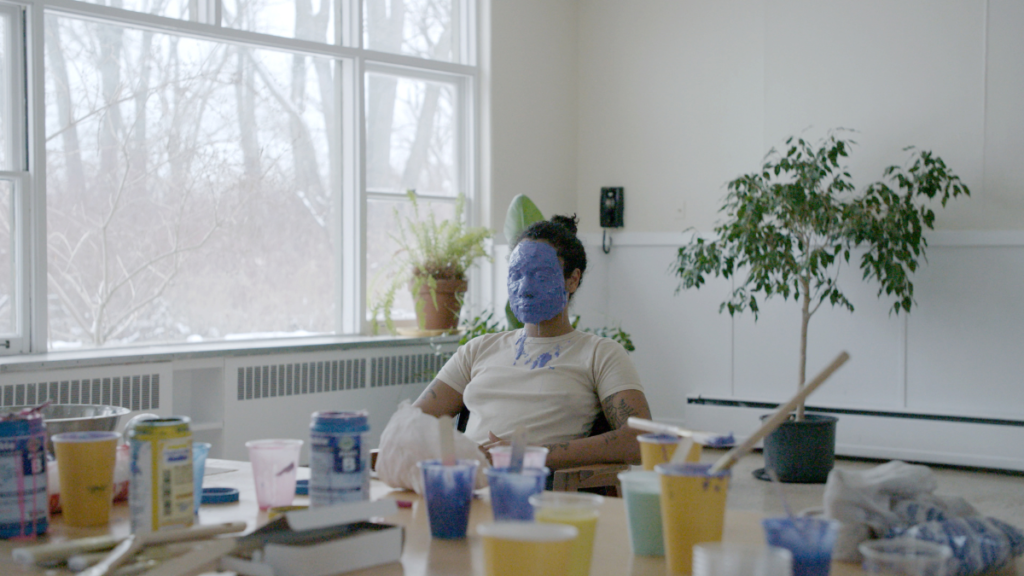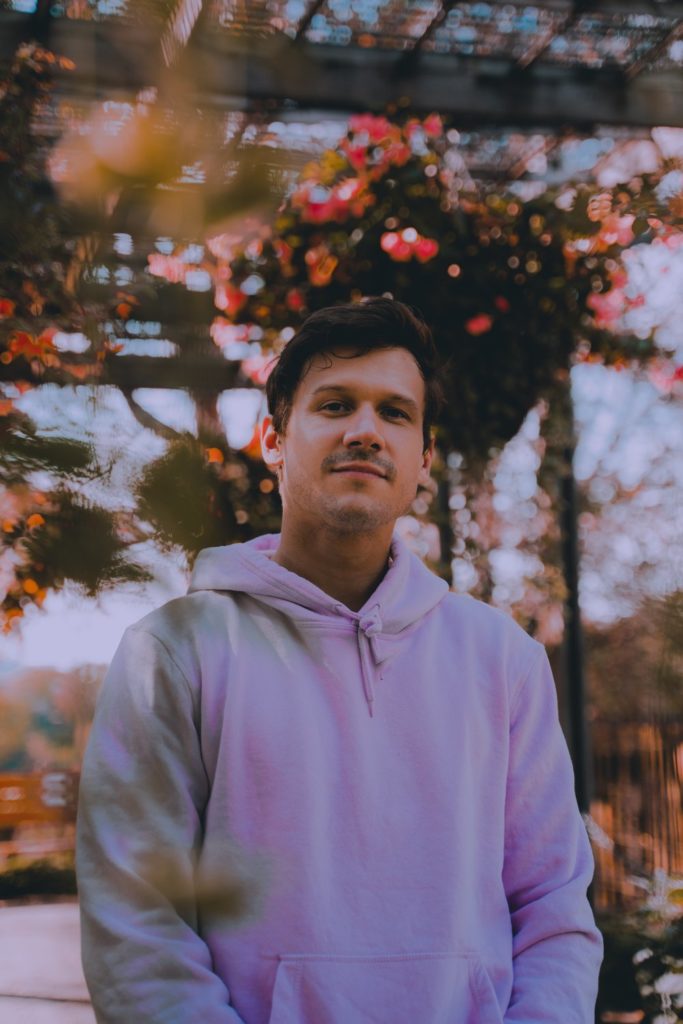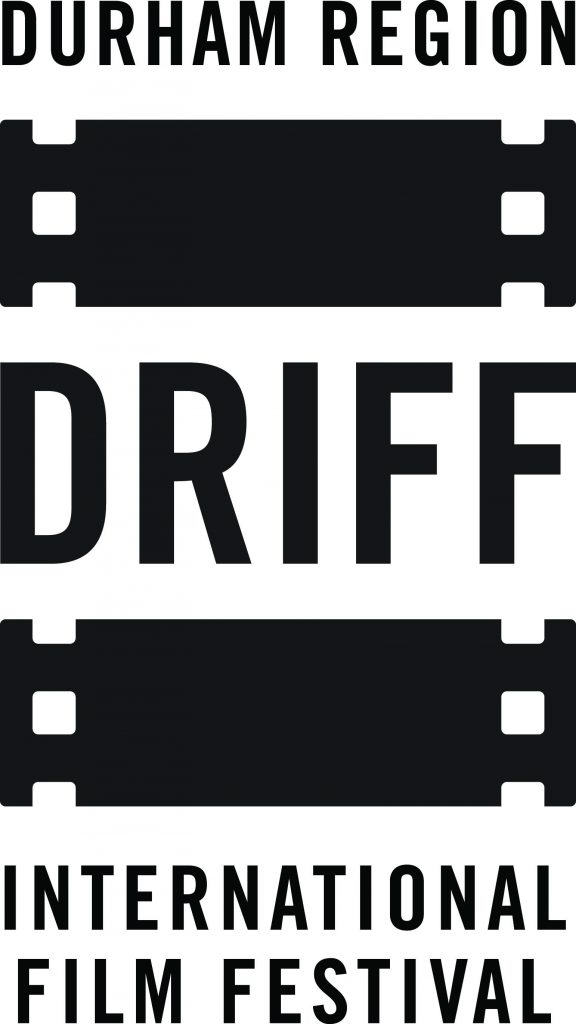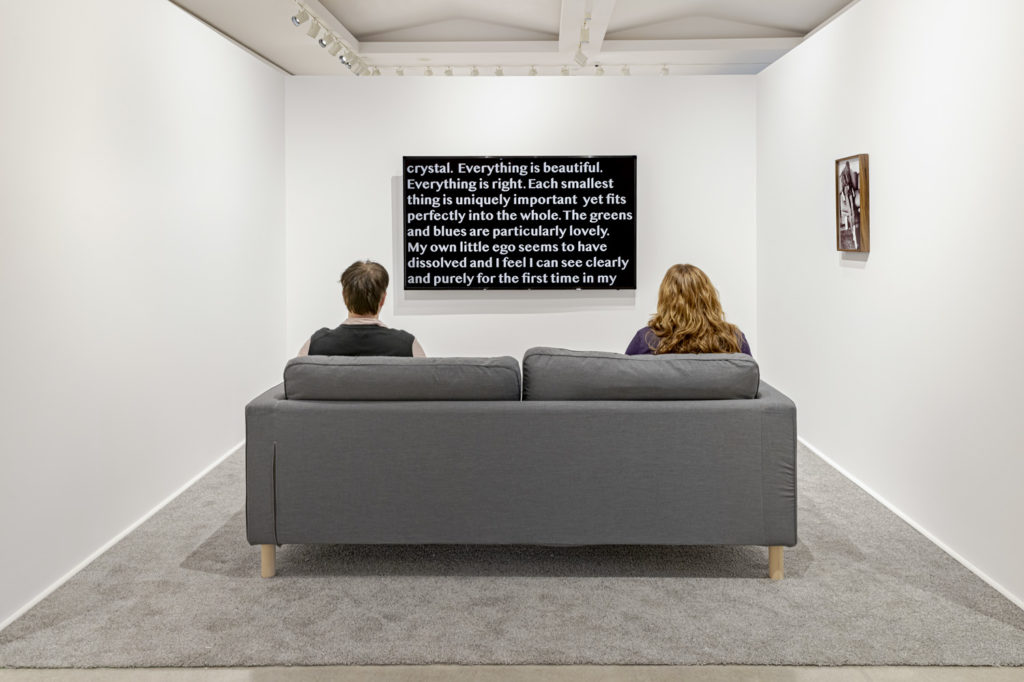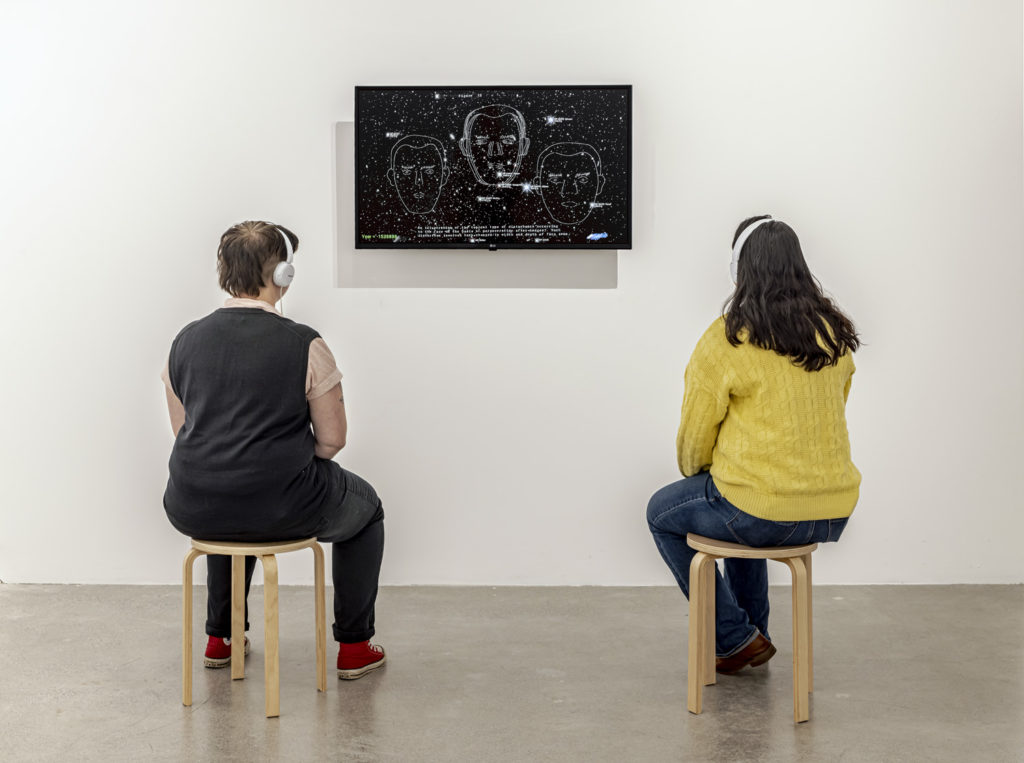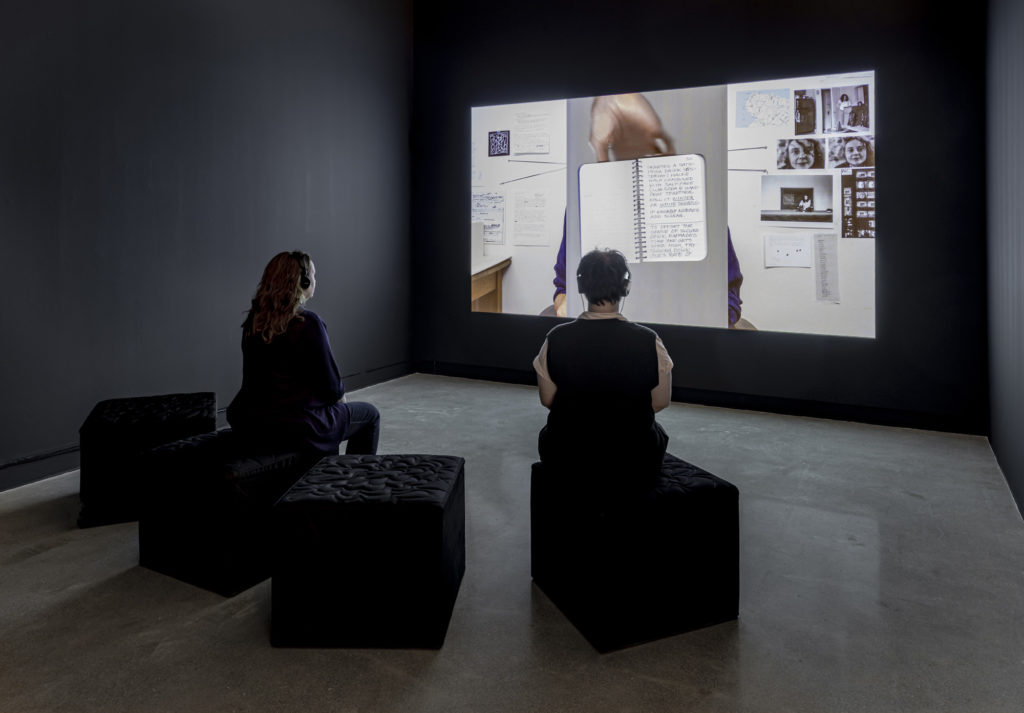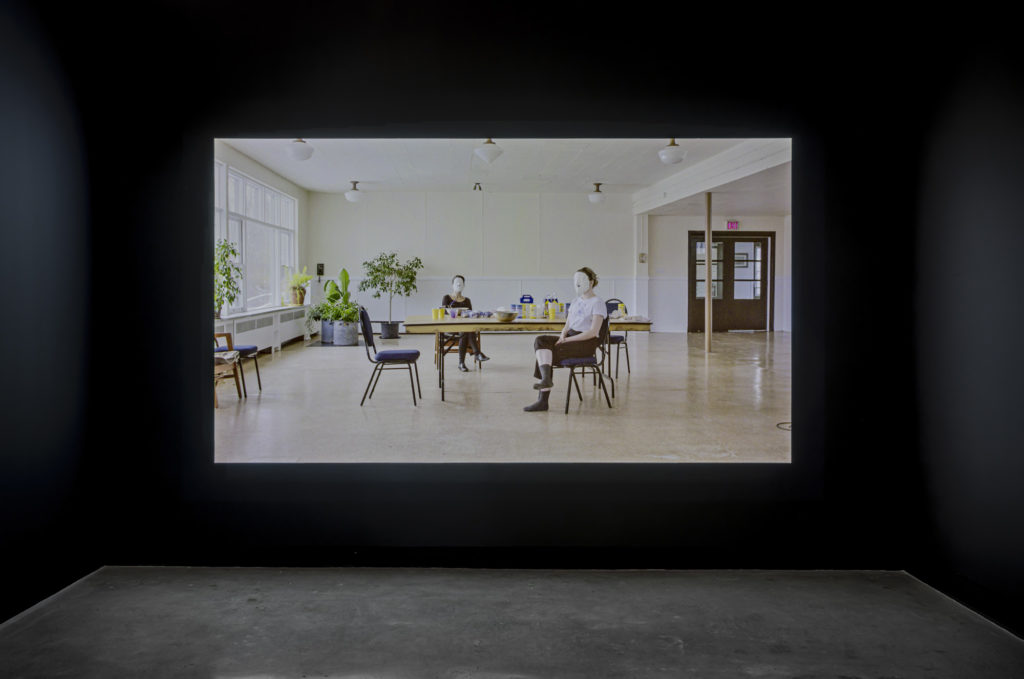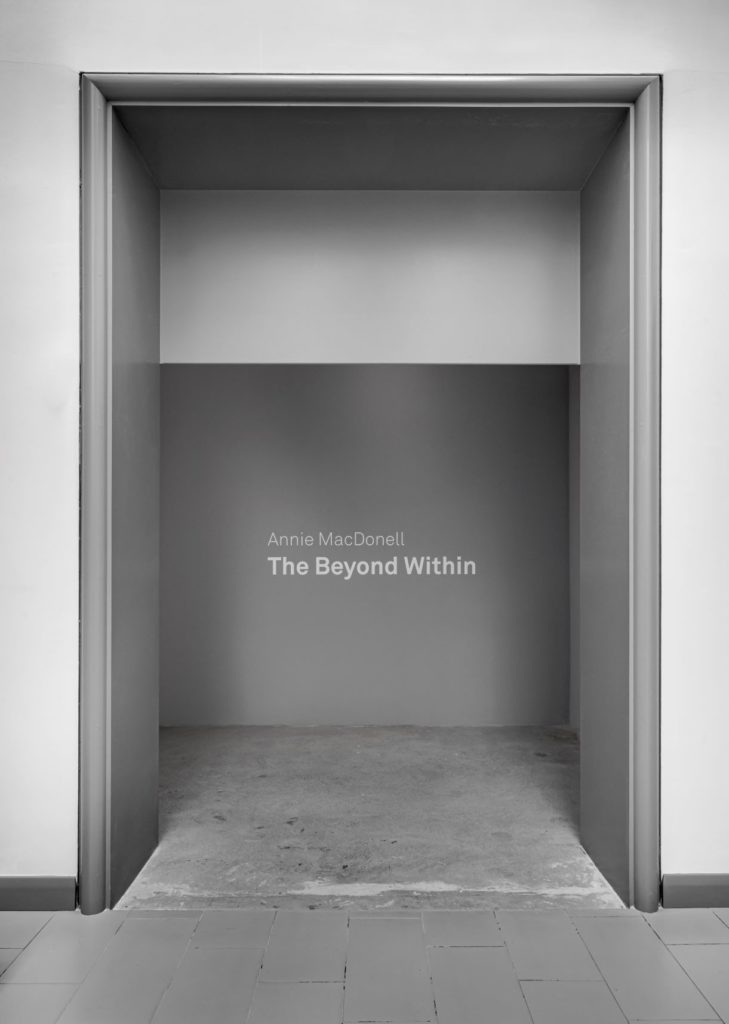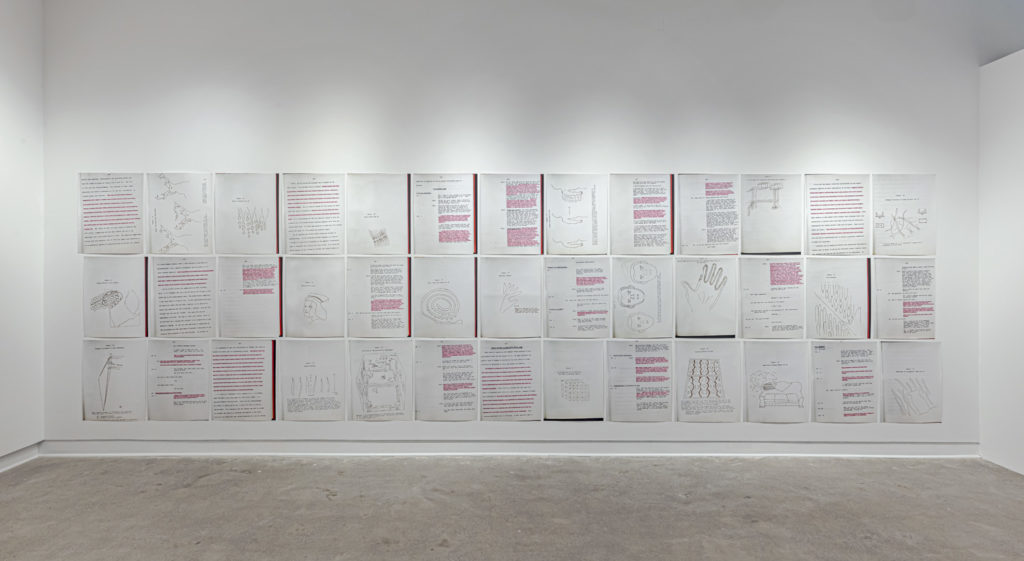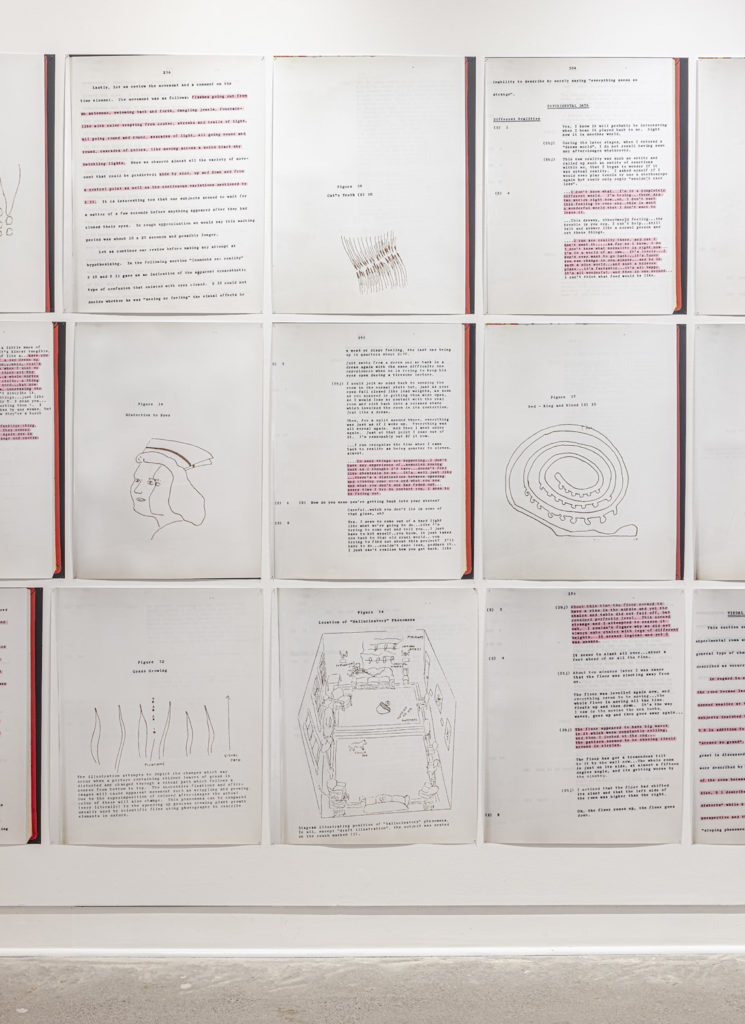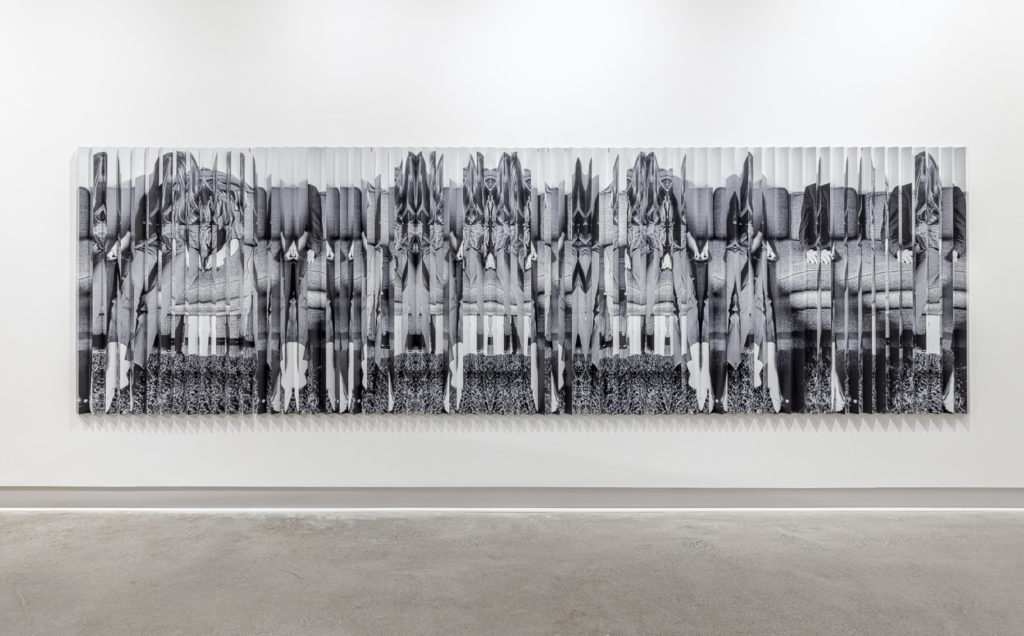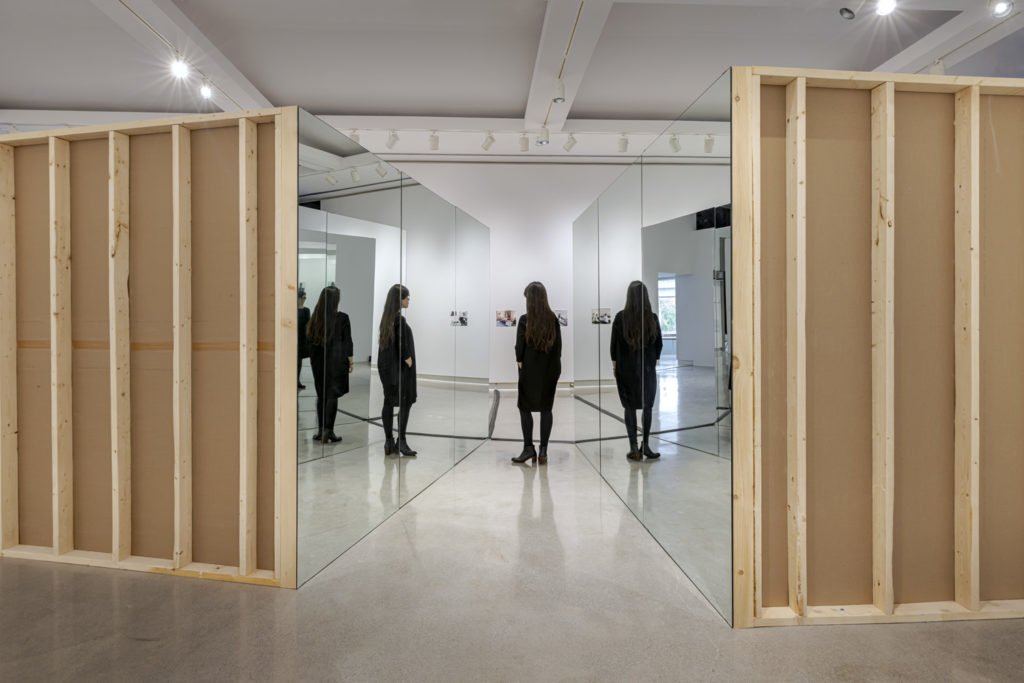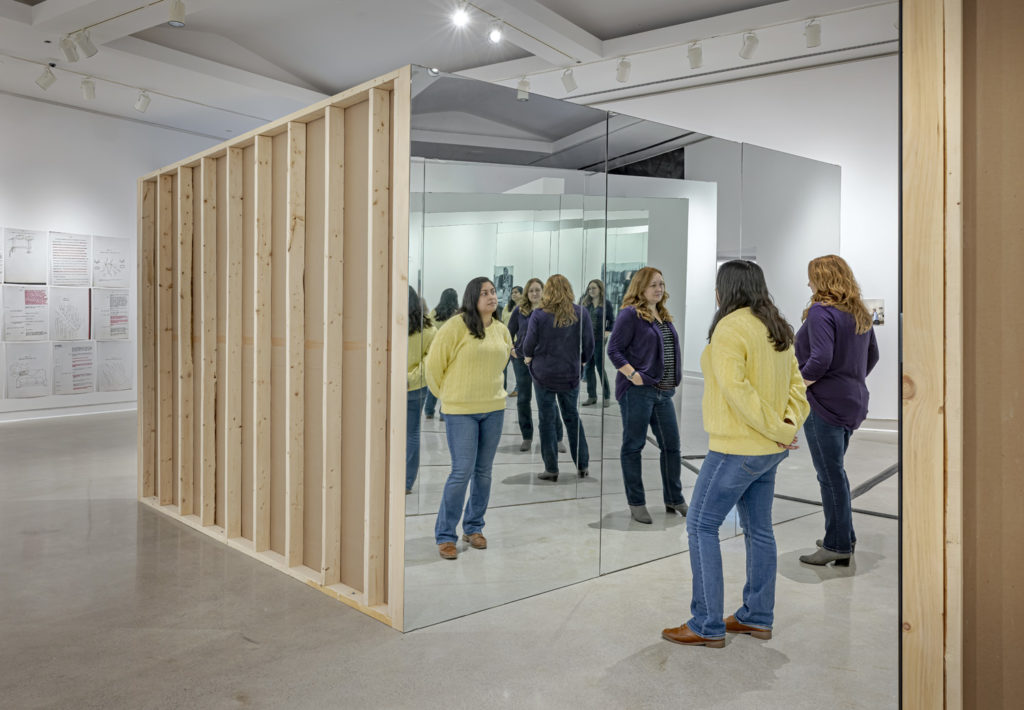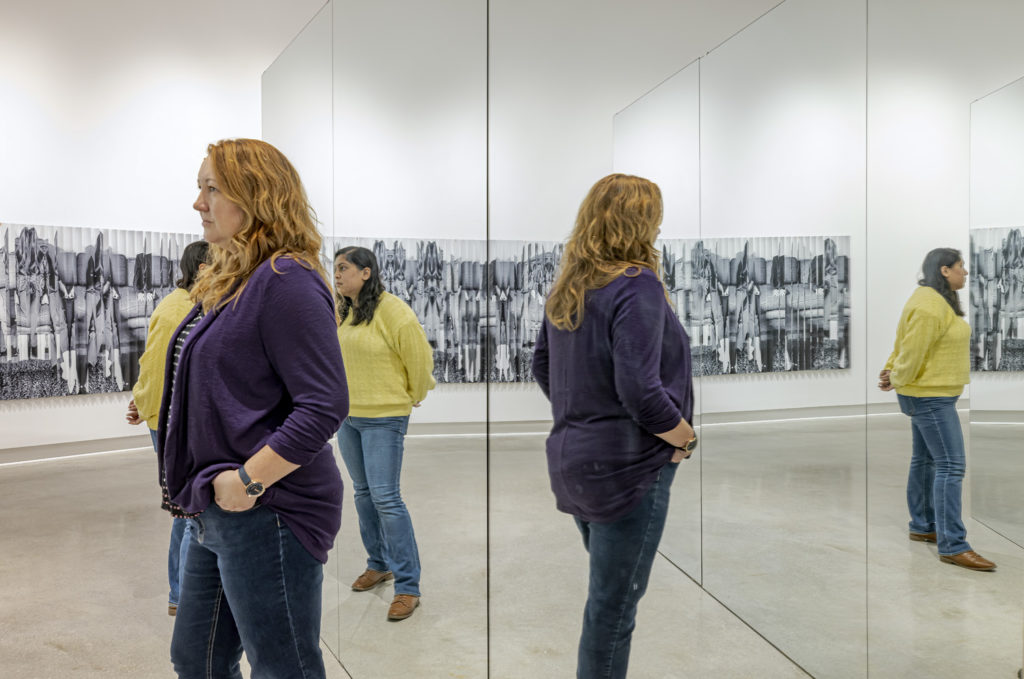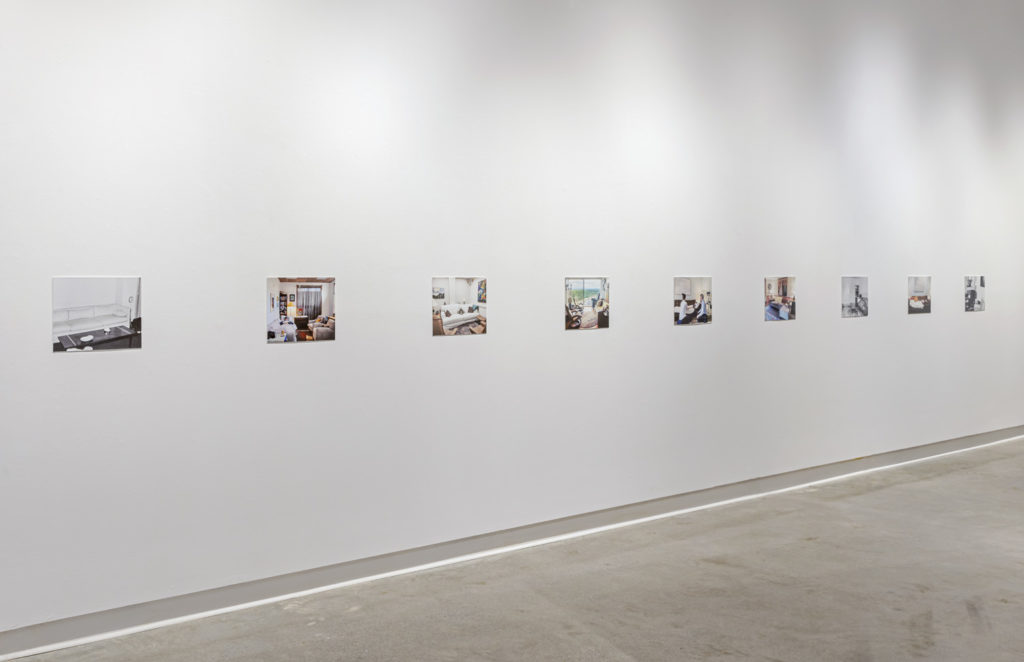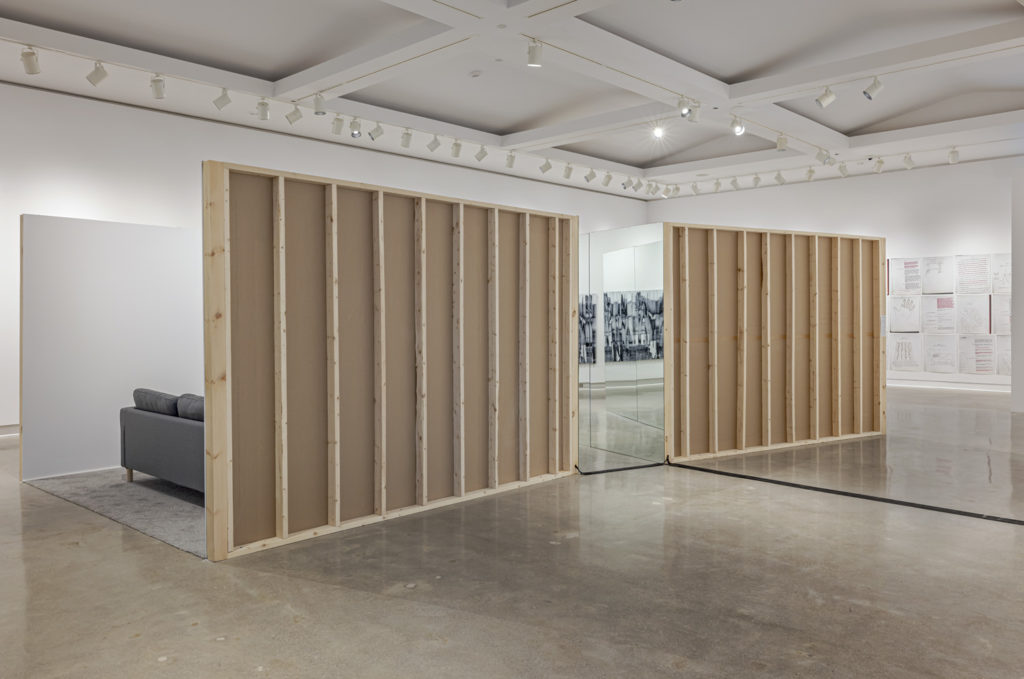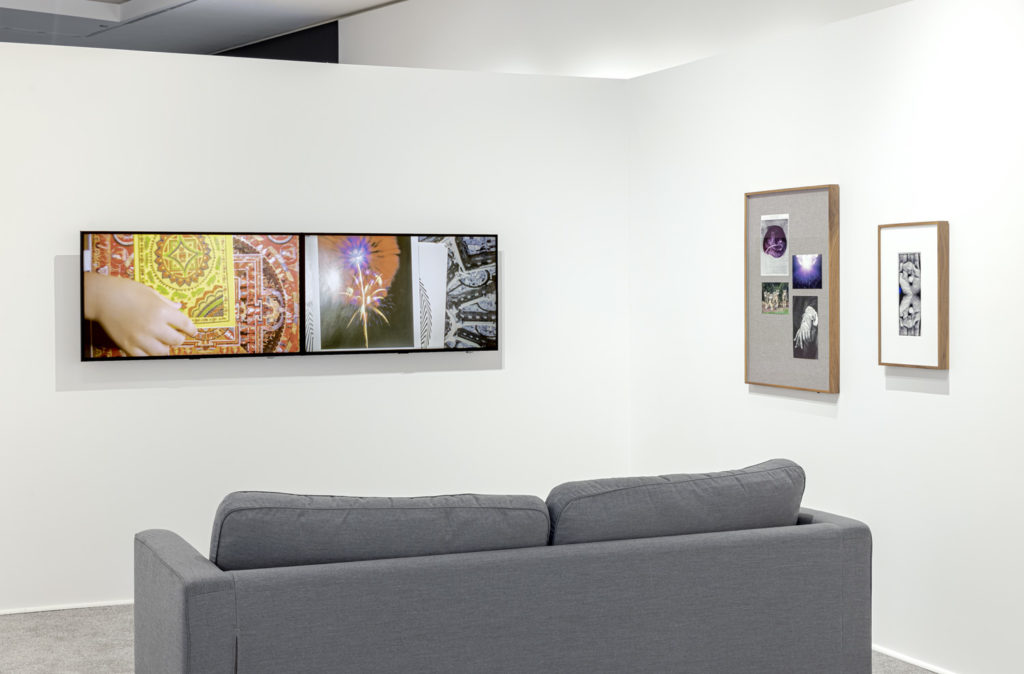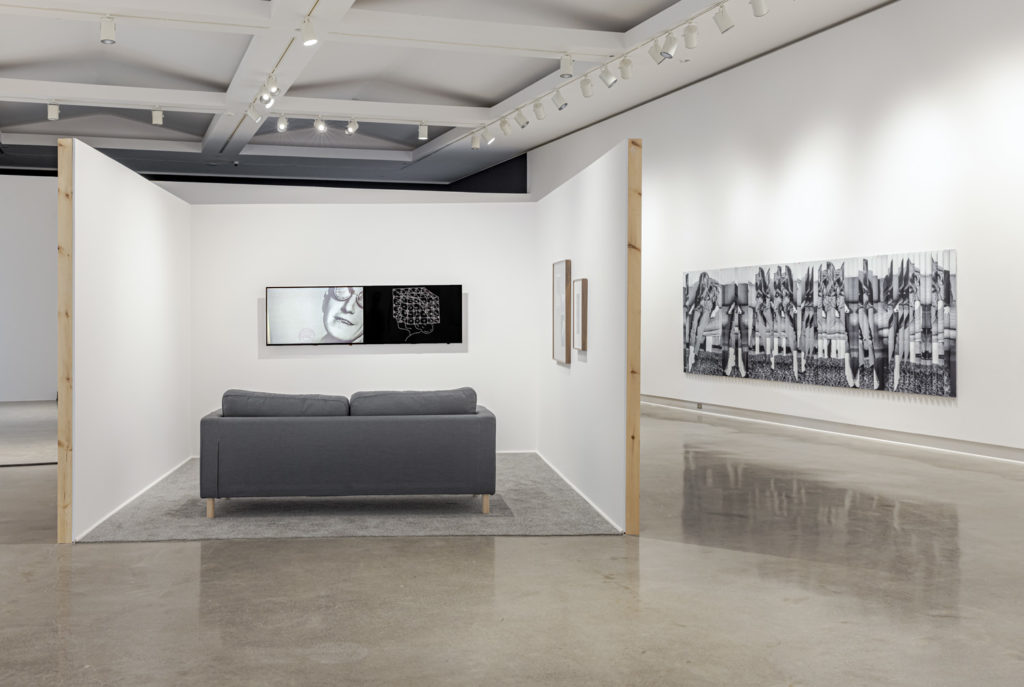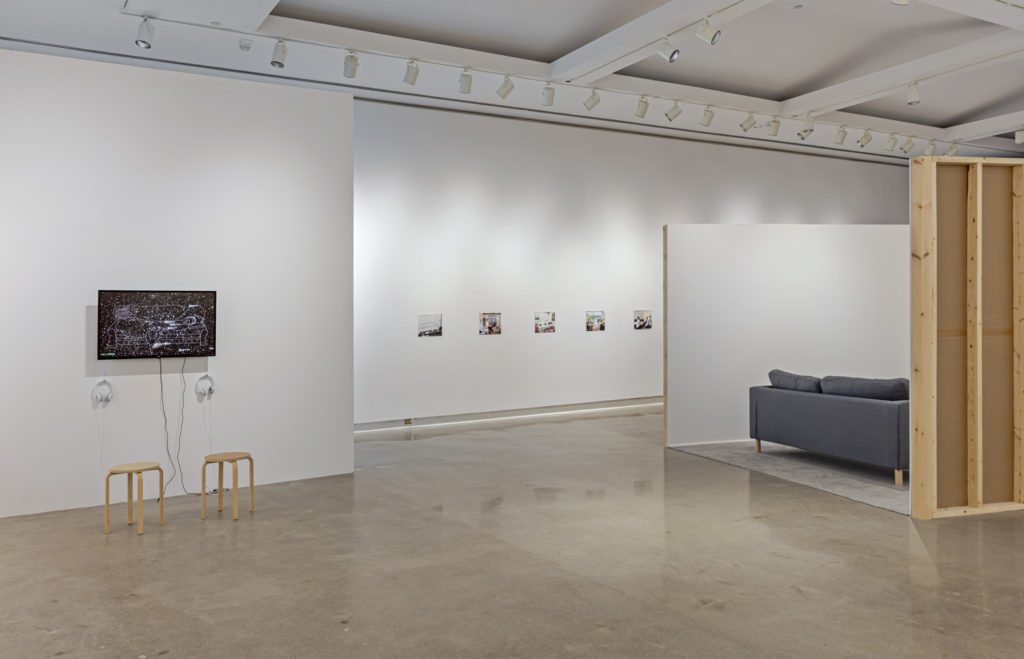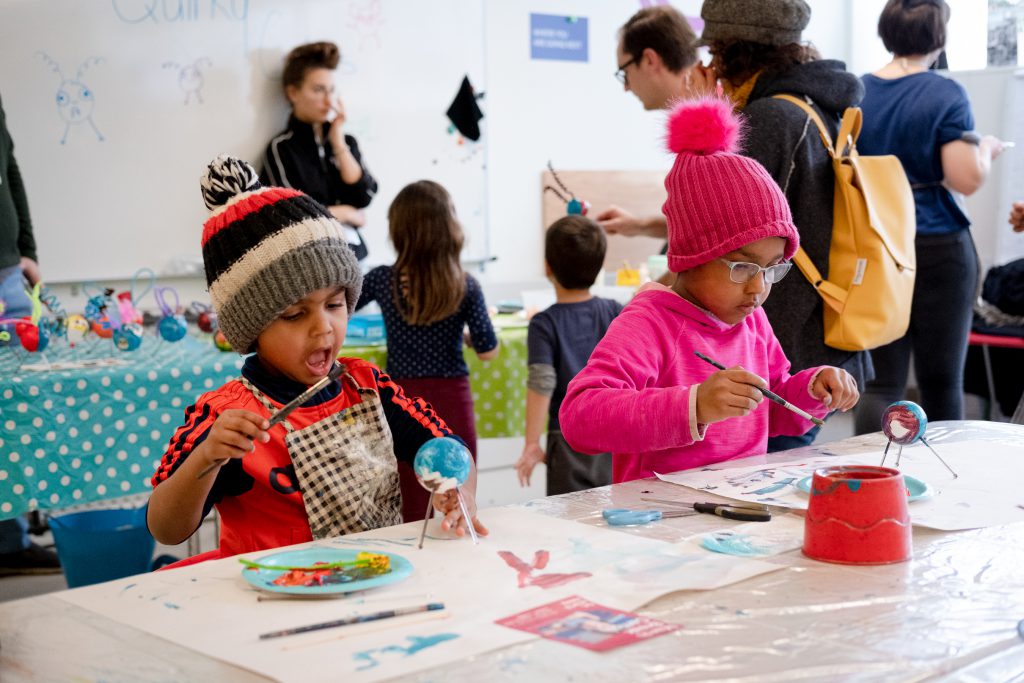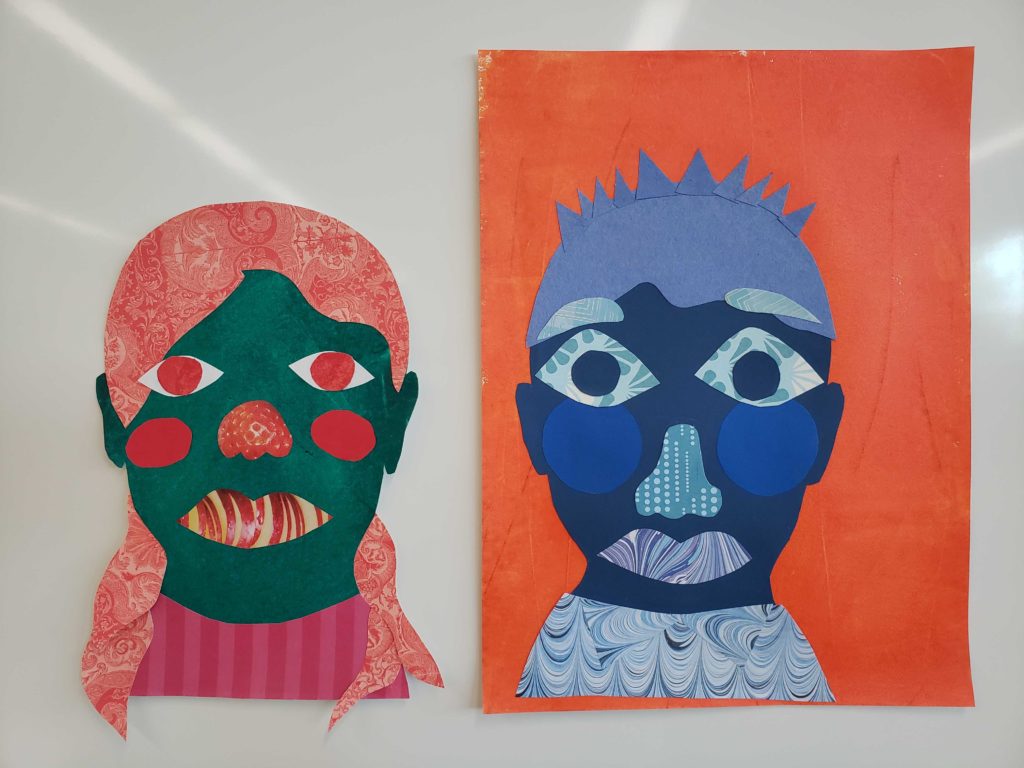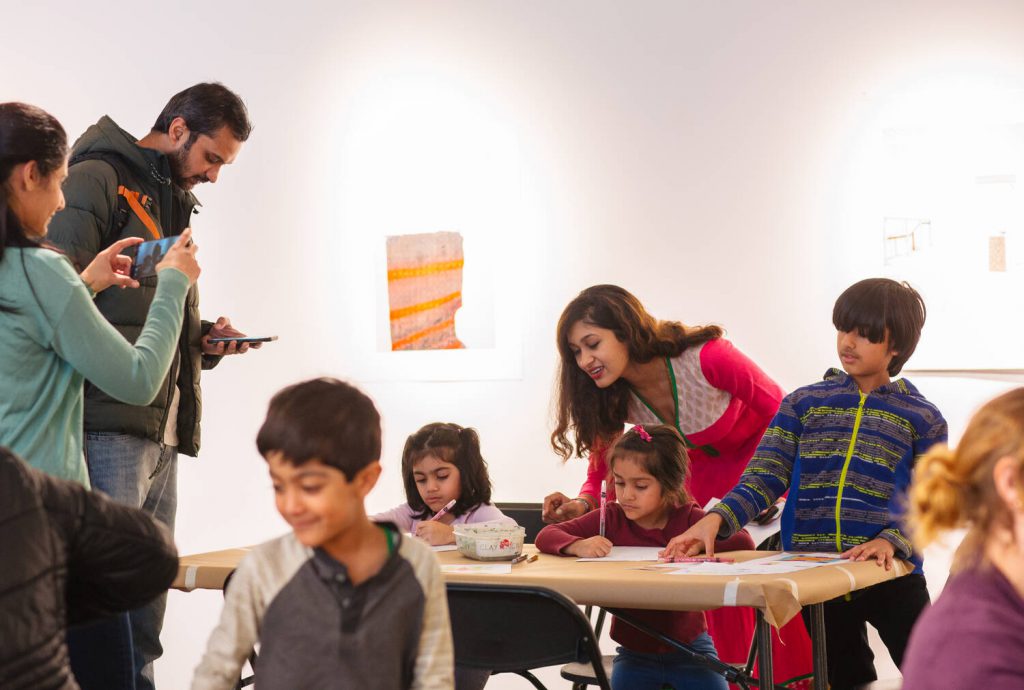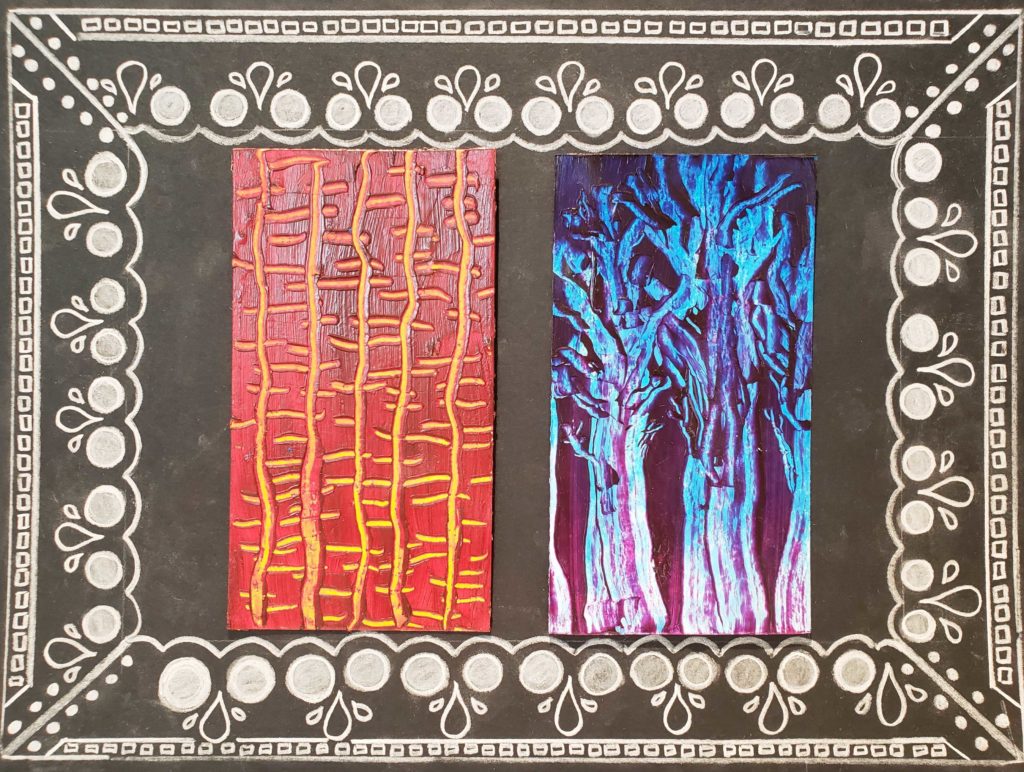The Robert McLaughlin Gallery is very excited to host our first artisan market of the year in partnership with the City of Oshawa!
Featuring high-quality artisans from across the GTA, we strive to provide a unique and local shopping experience this holiday season.
Damaged Goods – @damagedgoodsshoppe
Damaged Goods Shoppe creates unique and one of a kind mixed media art incorporating a variety of images, quotes and poetry and decoupage. As well as repurposing vintage items into one of a kind jewellery and housewares.
The Spring Moon – @thespringmoon
The Spring Moon celebrates the uniqueness and individuality of women by creating one-of-a-kind pieces of wearable art inspired by historical paintings and museum artifacts. Meticulously crafted by the Toronto based multi-disciplinary artist, Farheen Ali, each handmade piece features a striking mix of iridescent shells, pearls, recycled metals and found objects. These elements are all woven together with copper and stainless steel to create stunning pieces of wearable art, each with its own unique story.
Candles and Palms – @candlesandpalms
We specialize in hand pouring pure soy products, long lasting candles and wax melts. We carry a variety of scents and colours to add ambiance to your homes! Our candles are built to snuff using our lids to extinguish the flame and keep the smoke in the jar for your healthier living!
Equanimity Ceramics – @equanimityceramics
Ida is the ceramic artist behind Equanimity Ceramics creating functional pottery for your home. Ida focuses on functional kitchen ware and home decor in a modern style and neutral colors.
Catherine & Co. – @catherineandcompany
Catherine & Co. is a Toronto-based candle company known for making candles that are bound to start a conversation. Starting with a mission to get ahead of the next pandemic hobby, Catherine & Co. has become known for its funny candle names, fresh scents, and reusable glass jars. You can find our candles in-store across the GTA.
Kyla Vitek Jewellery – @kylavitekjewellery
Inspired by the perfection of nature, Kyla uses natural elements with ethically sourced precious metals & gemstones to create handmade silver & gold jewellery. Often examining the undesirable, odd or mundane aspects of plant life, Kyla utilizes the technique of organic casting to immortalize cedar sprigs, maple keys, twigs & seed pods to create pieces of wearable art.
Jothi Creative Wellness – @jothi_creative
Jothi is the Founder of Jothi Creative Wellness and the Visionary behind HERSpace a self-identified space for women and femmes collective wellness and connection. Jothi is an award-winning certified Transformational Wellness Coach facilitating groups and individual Wellness for over 10 years. Jothi is also an interdisciplinary artist and will have her beautiful art card sets along with prints, original art, and some HERSpace totes, mugs, bookmarks, stickers and journals for sale.
Artastic Sarah – @artastic_sarah
“Artastic Sarah” represents many mediums I enjoy working with, specifically resin and photography. As a beginner artist, I am always experimenting with these mediums. For my resin, the brand I always use is “ArtResin”. I make keychains from various molds, my finished pieces always include glitter, beads, stickers, leaves and little branches. My photography prints are 4×6 inches with a matte finish. My prints showcase my best photography work within nature.
AliStyles Paper Co. – @alistylespaperco
AliStyles Paper Co. is an emerging paper goods company specializing in greeting cards with bright colourful designs and punny, playful messages. Alice, the artist behind these designs has carefully crafted a variety of cards for life’s most meaningful moments. Inspired by her love of creating personalized cards for friends and family, she strives to renew the care and thoughtfulness of card giving.
TTAS Painting Gallery – @ttaspaintinggallery
Taslima is a self taught artist and passionate about creating nature landscapes, floral, still life and wildlife paintings on canvases using Acrylic. Her inspiration comes from the never-ending beauty she finds in nature.
Robin L. Potter – @robinlpotter
As an artist, my paintings emerge from intuitive and expressionistic beginnings, and evolve when incorporating objects, text, mark making, writing, papers, fabric, ribbon, glass and other domestic, natural, and academic materials into the artworks to create vibrant and multidimensional intention and layers. I work on wood panels, paper, and on stretched and raw canvases. My work has been shown in local juried shows. Extending my art to wearables lends a new vibe to the art.
QB Jewelry – @qbjewelryca
QB Jewelry makes one-of-a-kind pieces with purpose, to help you vibe high and feel beautiful. Each stone is carefully selected to ensure you’re wearing the highest quality items.
Russell Styles Art – @paper_bowl_bloke
The Paper Bowl Bloke creates ornamental paper bowls perfect for adding a pop of colour to your home décor. While rekindling his affection for the art of Paper Mache during the pandemic lockdowns, Russell Styles, the ‘Paper Bowl Bloke’ began crafting bowls from recycled newspapers in a variety of quirky shapes and sizes. Each bowl is a one-of-a-kind creation, hand painted in vibrant colors and decorated with sculpted embellishments.
Sorrel & Sage – @sorrelandsage
Sorrel & Sage—a wellness company that provides natural + curated products that promote and enhance the experience of self-care. Self-care is a concept that gets bandied about a lot, and while it means different things to different people, it’s become more apparent than ever that we all need to make time for it.
Sarah Tihane – @sarahtihane
Sarah Tihane makes whimsical, nature-inspired art objects that are playful (brightly painted plastic animal skulls with floral motifs), practical (fun bags to hold your dice and other treasures), and thoughtful (mini eco-art sculptures made from transformed Lake Ontario litter). In addition to these one-of-a-kind pieces, Sarah offers prints of frog photography, and illustrations of animal-headed people. She hopes you’ll enjoy exploring the little details and the feeling of discovery with each piece. And yes, she’s very good at sneaking up on frogs.
Vira Jewellery – @_virajewelry
House of the Painted Rock
The Urban Hick
Peach & Olive

